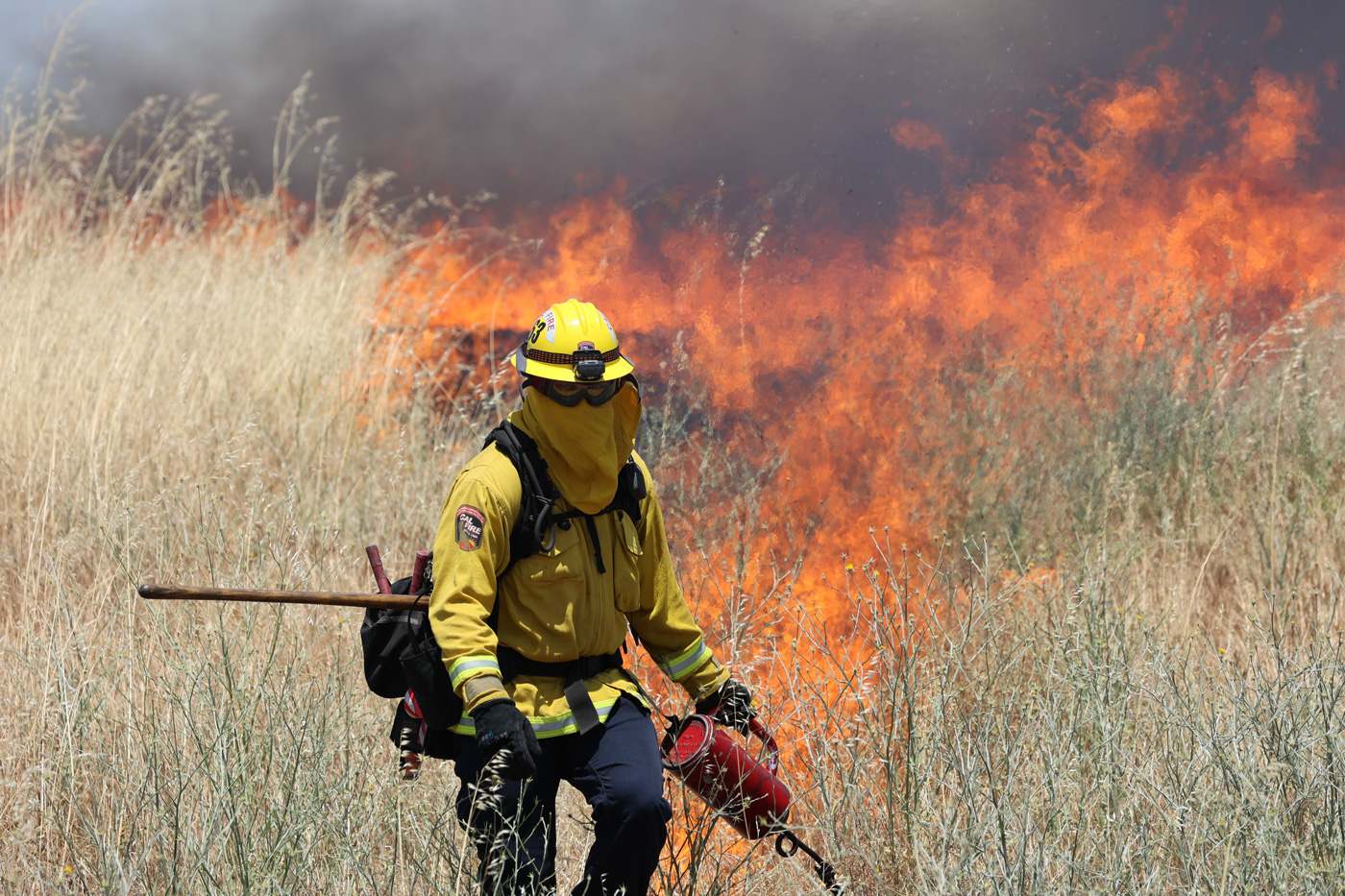
Photo courtesy of Cal Fire
Prescribed fire is becoming a common tool for preventing megafires in California and across the West, but firefighters require favorable weather conditions in order to safely light them. Now, a new study co-authored by assistant professor of Cooperative Extension Kristen Shive shows that rising temperatures will reduce the number of days, and change the times of year, when prescribed fire can be safely used.
Published Tuesday in Communications Earth and Environment, the study found that by 2060, forecasted temperature increases would reduce the number of days across the Western United States when weather and vegetation conditions favor prescribed fires by 17 percent, primarily during the spring and summer. The team used projections based on 3.6 degrees Fahrenheit of warming globally by 2060, a projection UCLA climate scientist Daniel Swain called optimistic given our existing emissions trajectory. The analysis was led by Swain and was co-authored by Shive and researchers from UC Merced, Washington State University, and the Nature Conservancy.
Shive—who is an expert on forests, wildfires, and prescribed fire—told UCLA that specific burn prescriptions vary by location and vegetation type, but target temperatures commonly range from 50 to 70 degrees Fahrenheit with 10 to 20 percent relative humidity. This study predicts that the shifts in weather patterns caused by anthropogenic climate change could reduce the total number of days meeting those thresholds, and also shift the time of year they occur.
Regions of coastal and southern California could lose up to a month of time suitable for prescribed fires each year, according to the study’s findings. Other areas—like northern parts of the Rocky Mountains—could see modest increases in the number of favorable fire days, and the number of favorable days across the West would increase by 4 percent during winter.
According to Swain, the projected changes in fire burn days will require the agencies responsible for prescribed burns to adjust their staffing levels. Most personnel who prepare for and manage prescribed fires are seasonal workers whose jobs end by mid-autumn each year.
“This paper is giving us advanced warning,” Shive said. “Hopefully we can change policies to either extend those folks or create winter-specific crews.”
Read More
